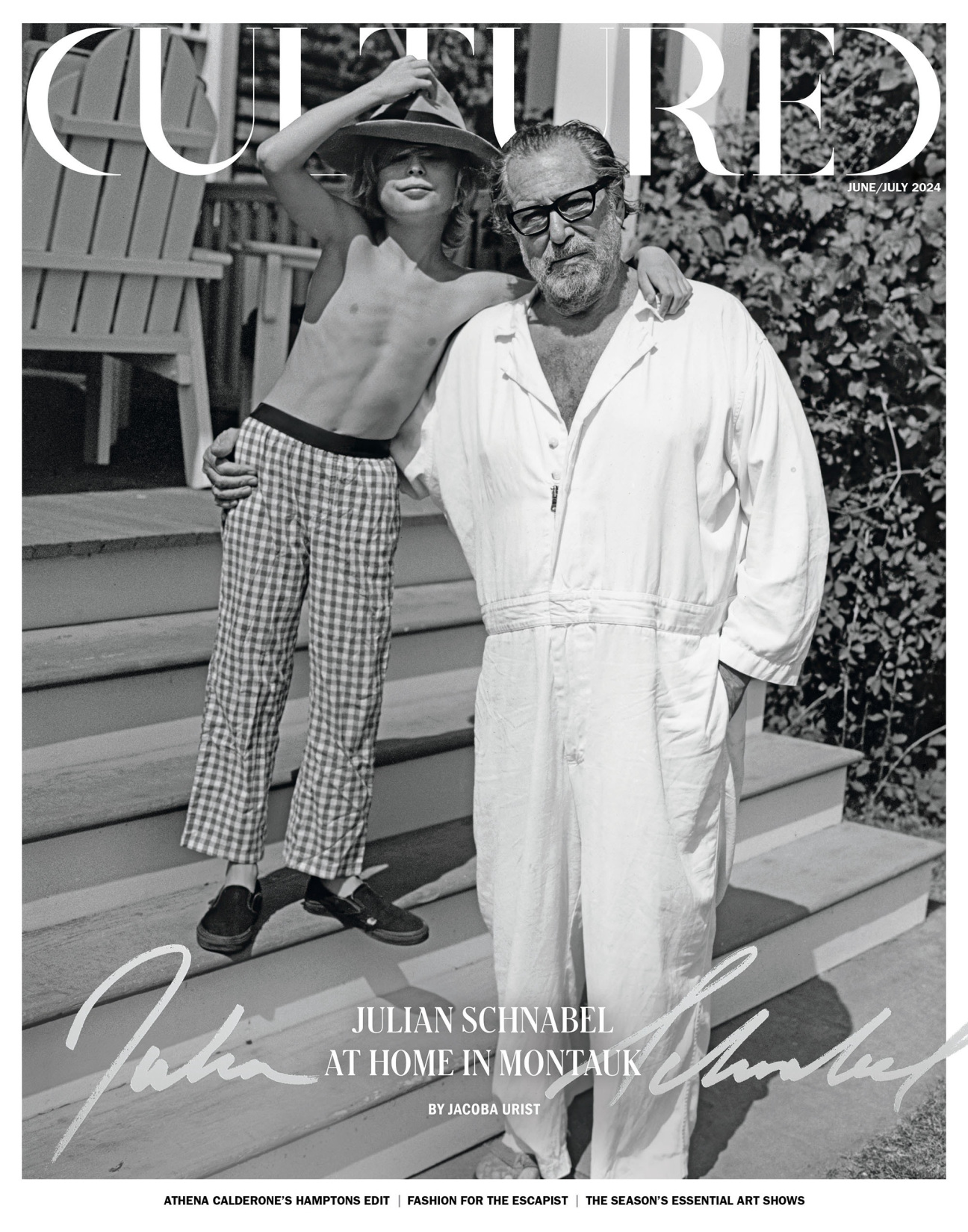
Julian Schnabel arrives at 10 a.m. sharp for what will end up being a two-and-a-half hour sprint through his life and work. Our first stop is his son Vito’s eponymous gallery in Chelsea, where the 72-year-old artist’s latest show is on view through July.
Schnabel suggested visiting the mini-retrospective, which gathers paintings he made between 1978 and 1987, before we zip downtown to his home and studio. There, he is selecting prize examples from his own holdings for an exhibition at East Hampton’s Guild Hall opening this August.
Everyone in the art world has preconceived notions about Julian Schnabel. He has lived many lives since his rise in the New York art scene in the 1980s with the reputation of an artist bad boy. But the art speaks for itself. His gigantic smashed-plate paintings, inspired by the mosaic benches of Antoni Gaudí, feel as radical today as when he unveiled the first one in 1978.
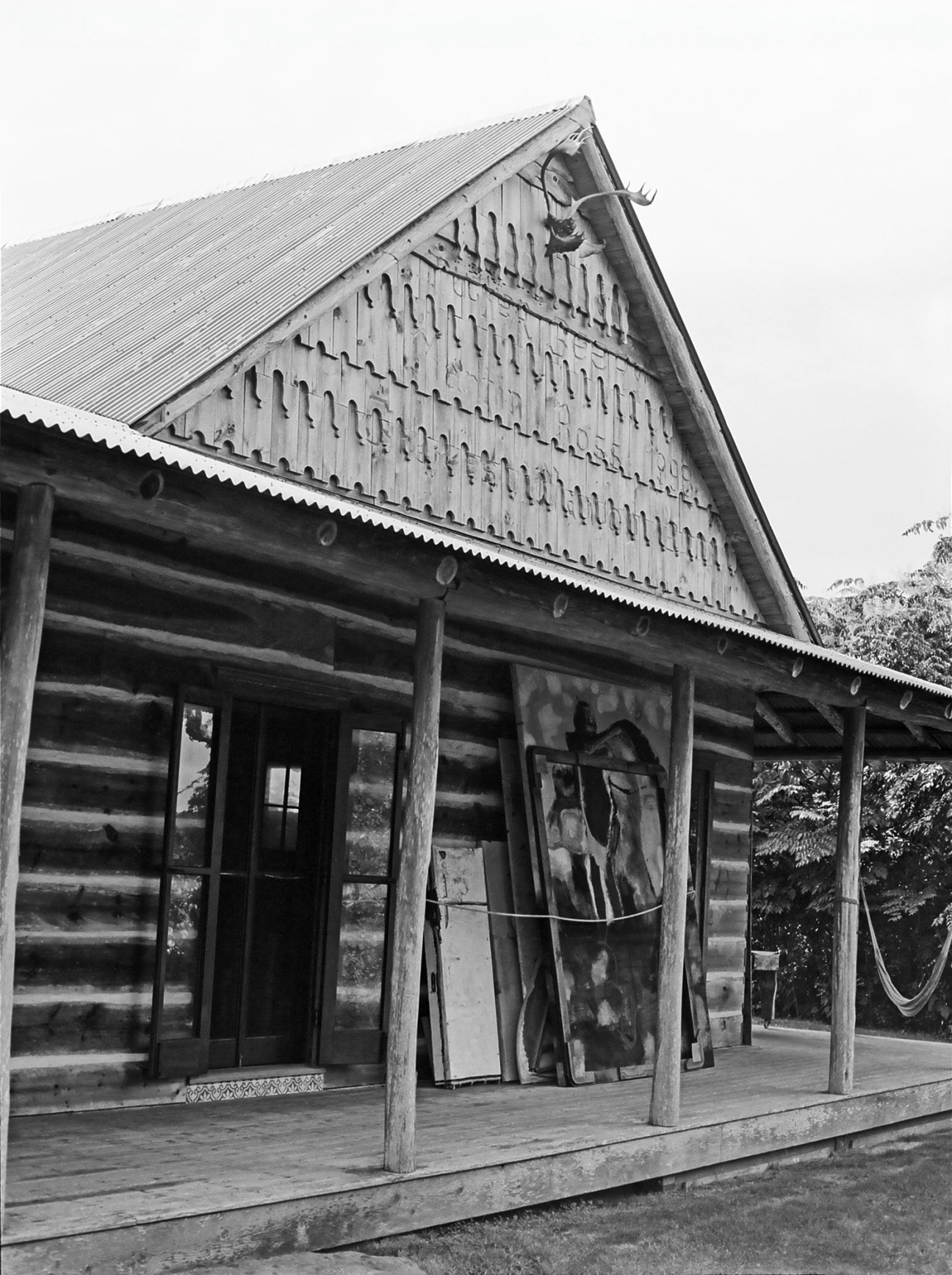
In the nearly five decades since, Schnabel has painted a stream of masterworks on velvet and tarp—all while honing an illustrious film career. Schnabel is a Cannes Film Festival and Golden Globes Best Director, as well as an Academy Award nominee. In the art world, he injected a dose of frenetic maximalism into a minimalism-saturated milieu. In Hollywood, he’s told the stories of tragic geniuses like Jean-Michel Basquiat and Cuban writer Reinaldo Arenas. Beneath all of it lies a relentless drive to create.
On this misty New York morning, Schnabel has a gentle, wistful aura. “I haven’t seen this painting in probably 30 years,” he says as he surveys the 11-by-17-foot plate painting Australia, 1986, which depicts the infamous 19th-century bushranger Ned Kelly in a frock coat. “It’s interesting to walk up and see what somebody made who might have happened to be you.”
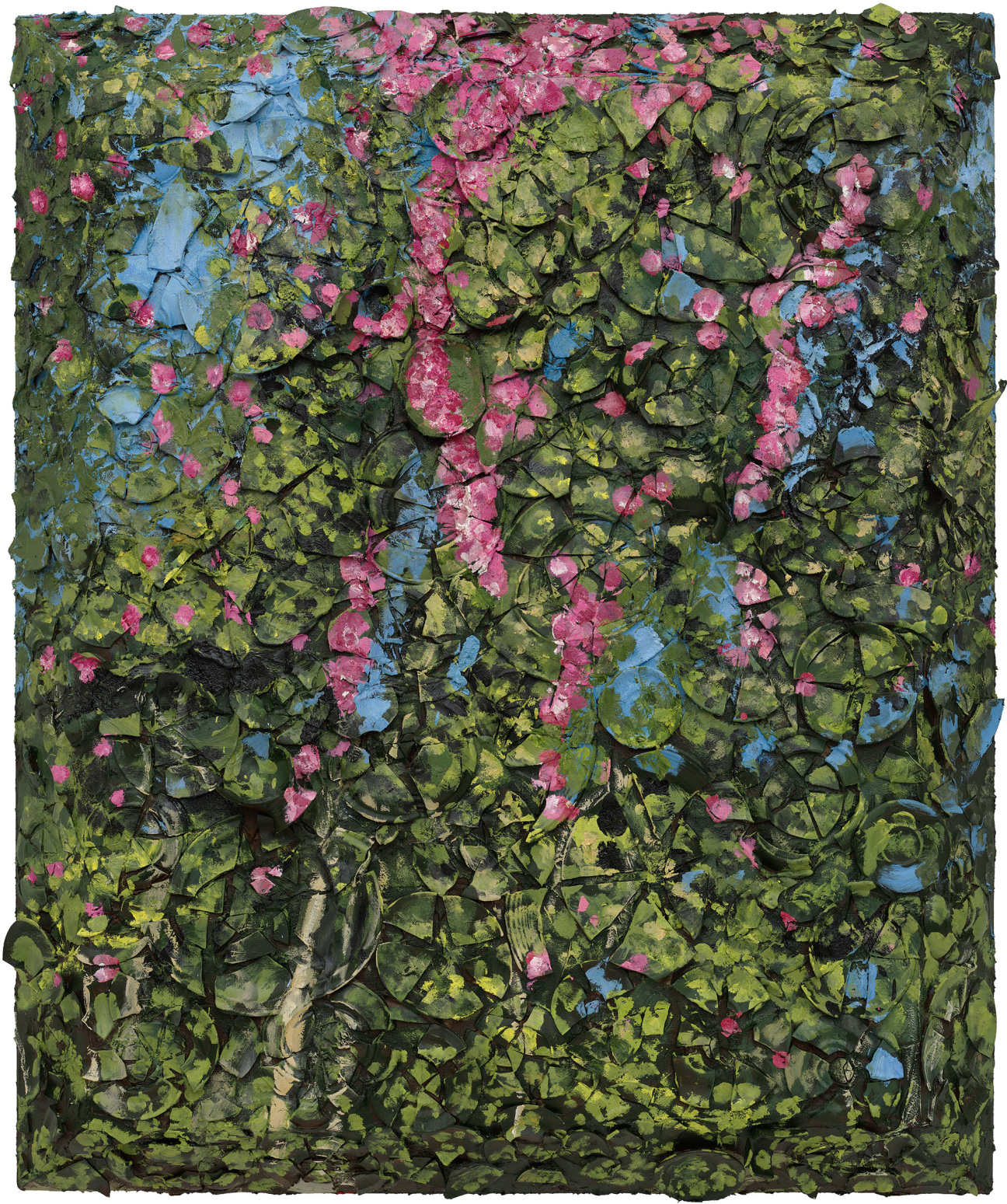
The artist is at a contemplative point in his life. The process of revisiting his work in these two very different settings—Manhattan and the Hamptons—has him reflecting on the evolution of both his oeuvre and personal life. A parent of seven (spanning 40 years), he’s ready to muse about fatherhood. “There’s something unusual and amazing that your son or children care at all about what you were doing,” he says as he takes in the work hanging in his son’s gallery. “And then, that your son is trying to define and clarify and present that to the public in some way.”
Schnabel’s driver shepherds us to Vito’s West Village space to view the show’s second chapter. The SUV is littered with toddler detritus from his youngest child, Esmé—a baby doll and a toy stroller. Titled “Van Gogh’s Trees of Home for Peter Beard 2020,” this exhibition features more recent plate paintings. Made in 2020, they are as much a love letter to post-Impressionism as to Schnabel’s late friend, the photographer Peter Beard, who died that year.

Beard was a close confidant and neighbor of Schnabel’s in Montauk; they would often share tuna fish sandwiches, Clamato, and vodka at Beard’s garden table. We are meeting 11 days after the death of the artist Frank Stella (who, Schnabel proudly reports, once told an art historian he admired Schnabel’s work), and mortality seems top of mind.
“Everything that’s not in the painting doesn’t exist,” Schnabel says. “You and I are transient. On the other side of this…”—he points to the confines of an artwork—“no-man’s-land. But inside these things, when I was alive—I was responsible for that. When you make something, it’s about leaving it there so someone could commune with it or feel like you’re communing with them through that thing.”
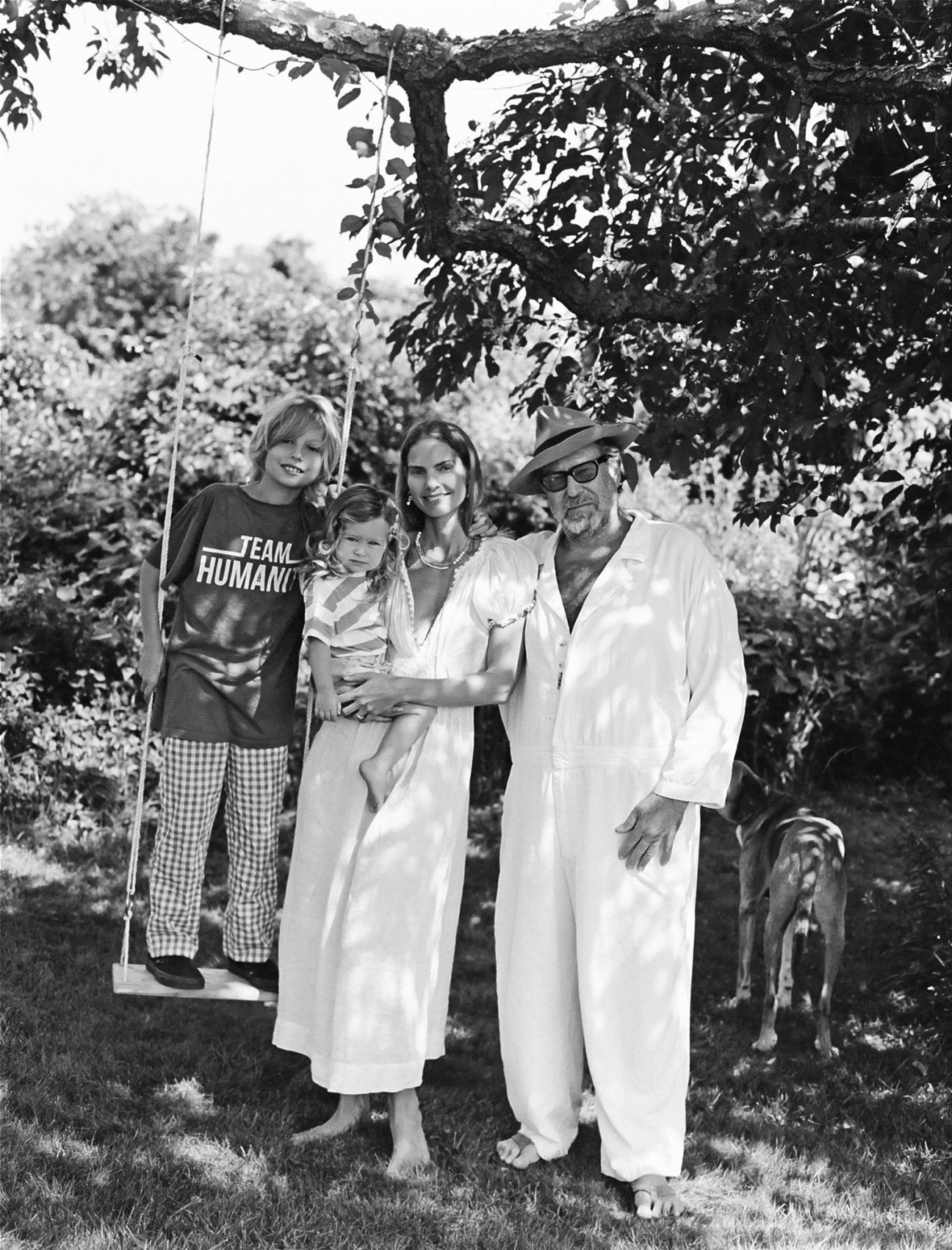
Like everything Julian Schnabel, the legend of his home precedes our arrival. Designed by the artist, Palazzo Chupi is a bubblegum-pink hallmark of the West Village skyline. Schnabel and his family occupy most of the neo-Mediterranean, which also contains his massive studio. (Two other neighbors, according to Schnabel, reside in the building as well.) The elevator to his foyer opens to reveal a museum-quality collection throughout the regal living quarters—Pablo Picasso, Salvador Dalí, Frank Stella, Jamie Nares, Ron Gorchov—alongside a trove of Schnabel’s own painting and sculpture.
Staff members instantly pepper the artist with questions when we enter. His latest film, In the Hand of Dante, based on Nick Tosches’s novel of the same name and starring Oscar Isaac, Gerard Butler, Al Pacino, and Gal Gadot, is in post-production, and certain frames require immediate attention.
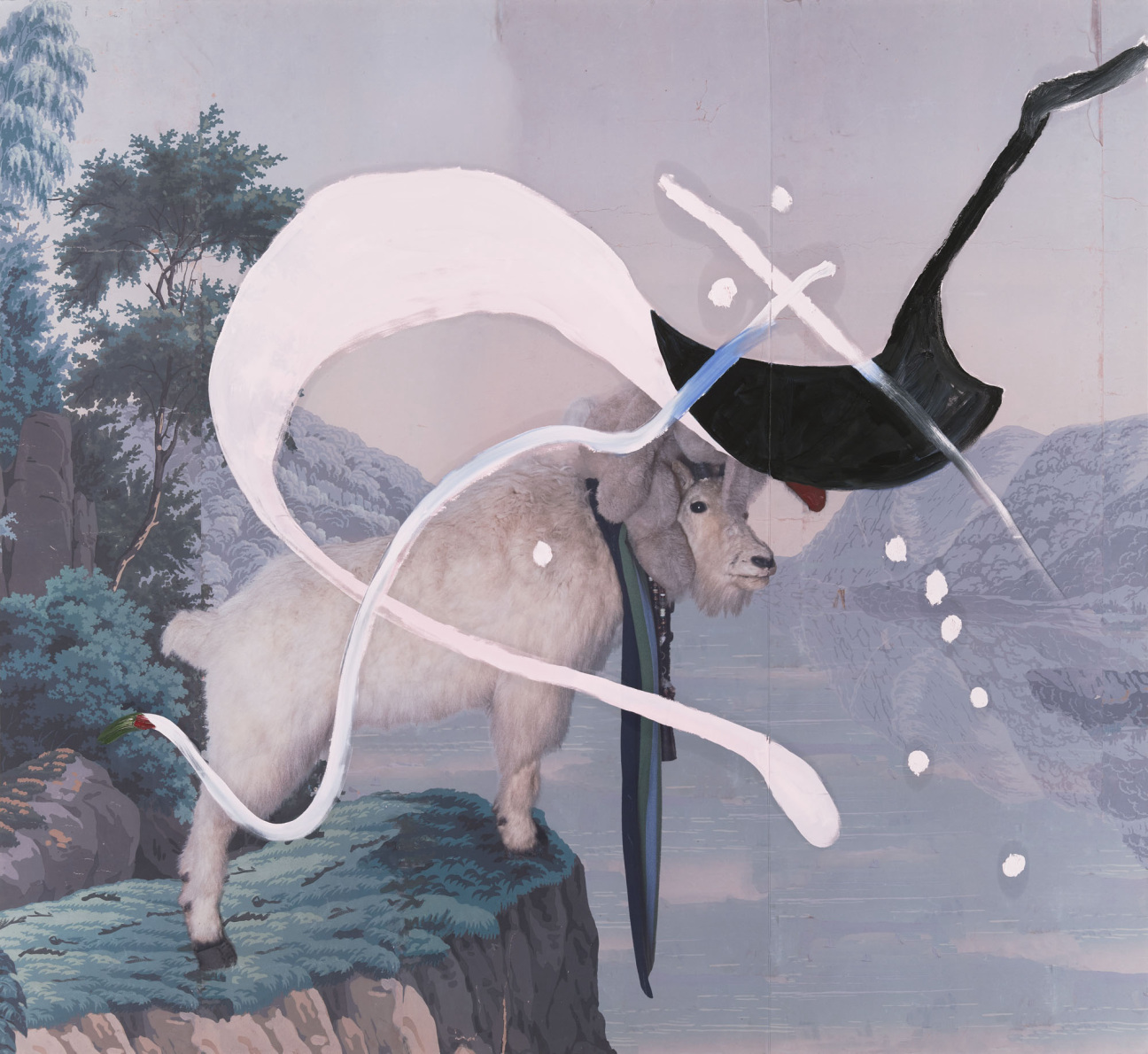
In a cavernous space Schnabel calls the piano room, which he’s currently using to edit the film, we wait for his wife—screenwriter, film editor, and interior designer Louise Kugelberg. Schnabel gestures to an Andy Warhol here, a lifesize wax sculpture of Schnabel by Urs Fischer there.
The couple are regular collaborators, whose creativity feeds off each other. Kugelberg co-wrote and edited At Eternity’s Gate, as well as his latest film, which she is working on alongside co-editor Marco Spoletini. Kugelberg has also designed Schnabel exhibitions at San Francisco’s Legion of Honor and the ARoS Aarhus Art Museum in Denmark.
“For the show I had at the Musée d’Orsay, she designed the walls so you could hang paintings salon style,” he says proudly, adding that, after his paintings were removed, the museum placed Van Goghs and Gauguins in the same room, leaving Kugelberg’s configuration (at least, for a time) intact. The pair settle before a monitor, where they replay a crashing wave over and over, second by second, until they feel confident they have captured the crest perfectly.
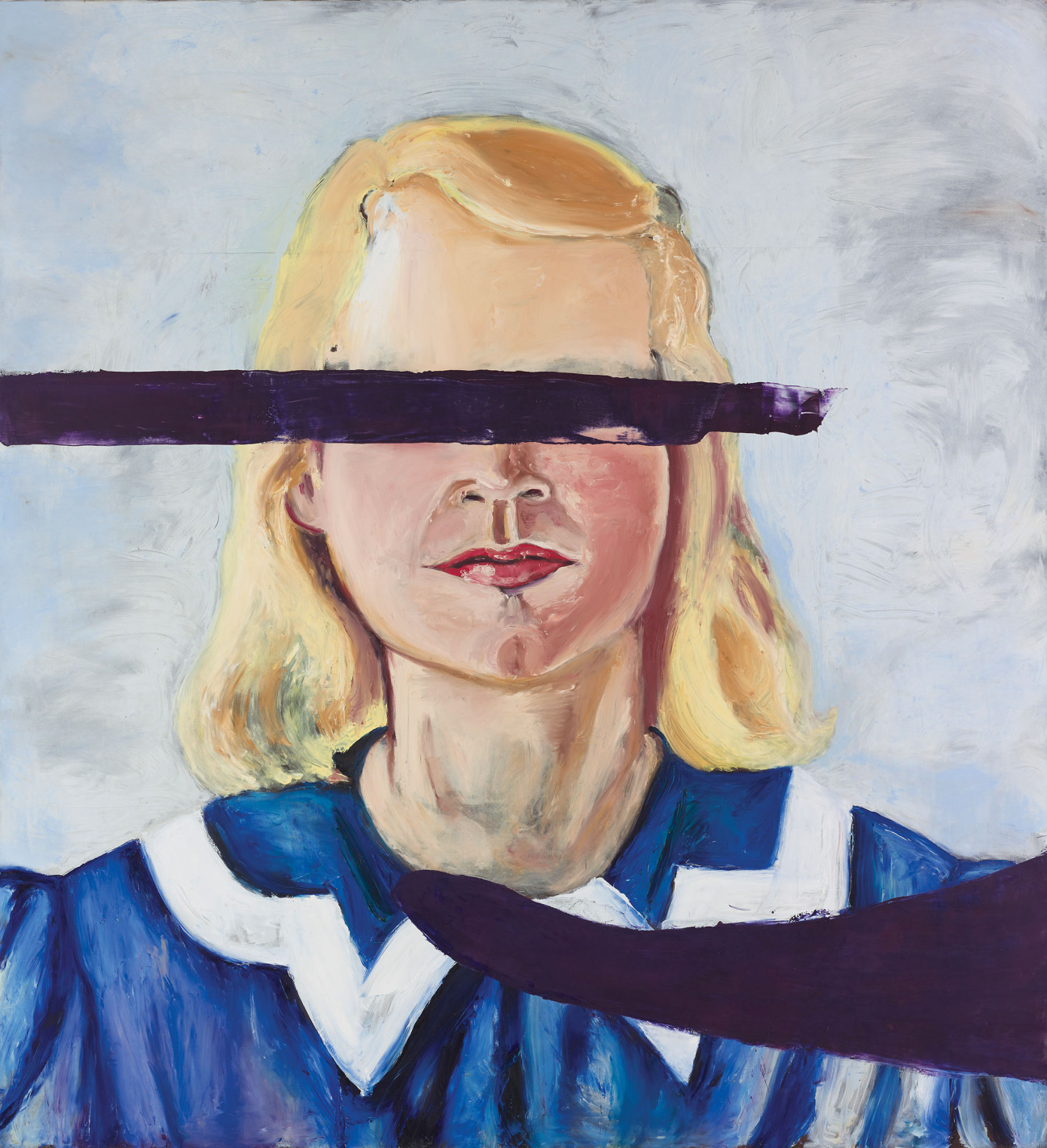
A dedicated surfer and a Hamptons cultural fixture, Schnabel knows his way around a wave. He calls a striking East End residence, one of architect Stanford White’s last remaining Seven Sisters cottages, a second home. “I painted all of these paintings two summers ago in Montauk, outside,” the artist says as we tour his Manhattan studio.
Ethereal and strikingly minimal, the series is painted on found fabric that once covered a fruit market in Mexico and have been weathered by the sun. “I haven’t shown them,” he adds. “I’ve been pretty inundated dealing with this movie and location scouting, and then casting and editing it.”
Montauk provides a surfing refuge. The activity has been an “intrinsic part” of Schnabel’s life since adolescence, when his family moved from Brooklyn, where he was born, to the Texas Gulf Coast. Schnabel sees a connection between surfing and painting—both transcend the mundanity of time. “When you’re in the water and you look back to the land, it looks the same way it did when you were 15 years old,” he says. “There’s an eternal sense to surfing, and it’ll keep you young.”
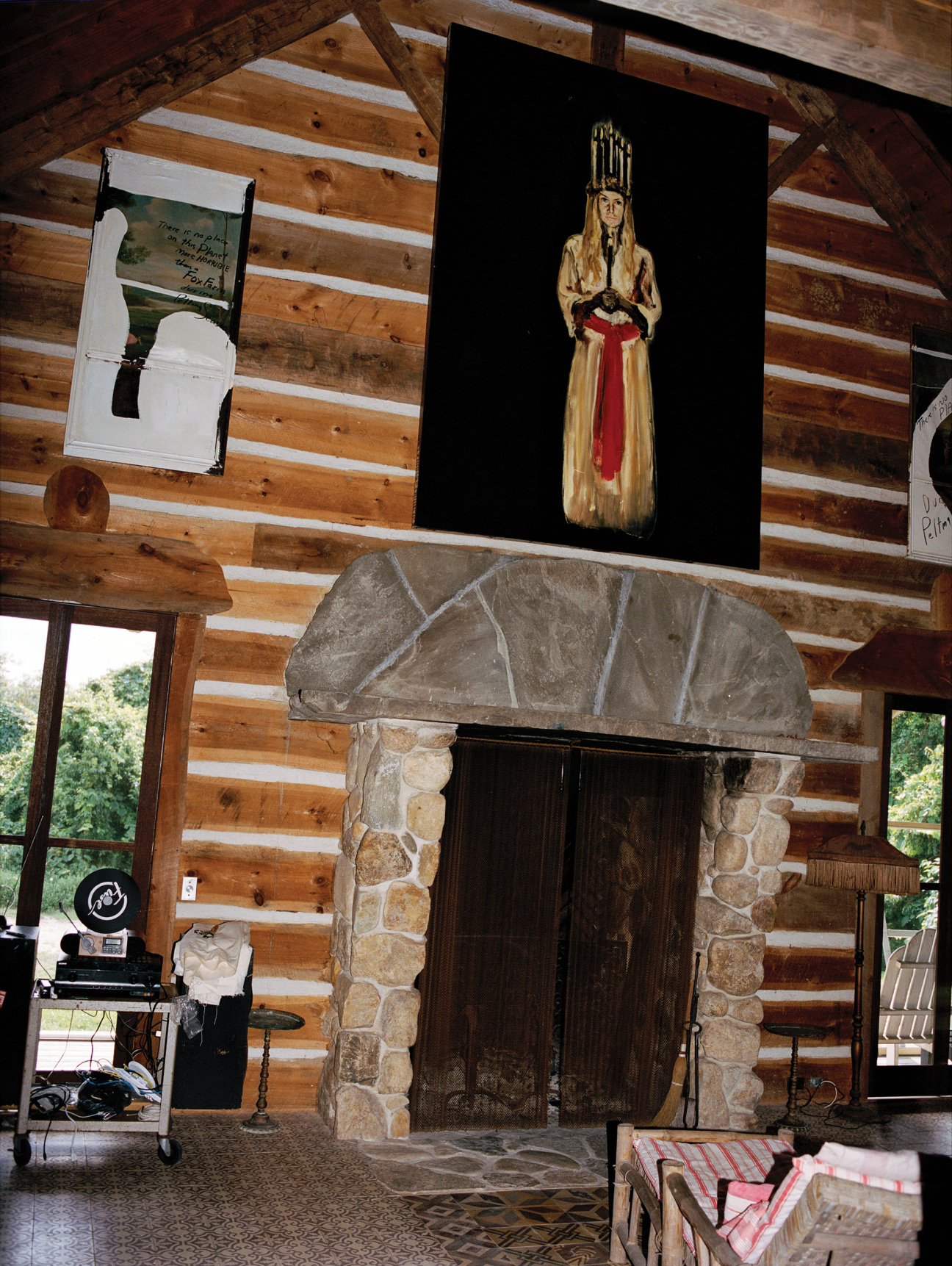
It is perhaps fitting, then, that the Hamptons is where audiences have the chance to see Schnabel at his most personal. He has been curating artwork for the Guild Hall show from his most intimate spaces at Palazzo Chupi. A pair of mammoth goat paintings and one of Schnabel’s signature “Big Girl” portraits, where a young blonde’s eyes are covered with a swath of paint, are ready to be packed up and shipped out East.
The show is also a salient homecoming in the newly renovated Guild Hall, where Schnabel had a solo show back in 1998, the same year he was inducted into the Academy of the Arts. “I’ve had moments where my life was a mess,” he confesses. “But paddle out somewhere, drop in on some giant wave and make it, and you don’t care. You’ve had a reprieve just being out there in the water. Painting is like that. It has to do with freedom, really.”
"Julian Schnabel" will be on view at Guild Hall in East Hampton from August 4 through October 27, 2024. Order your copy of the Hamptons Edition here.










 in your life?
in your life?

